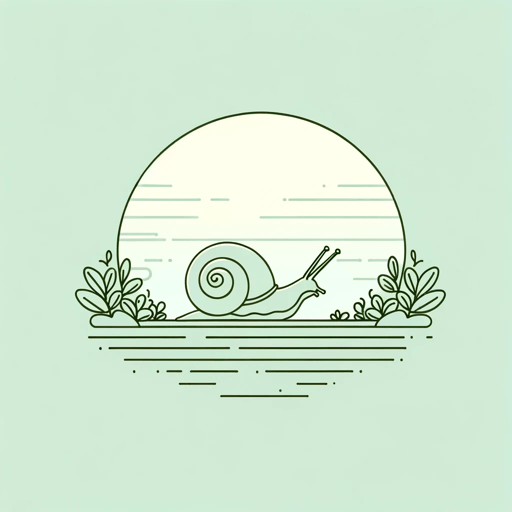30 pages • 1 hour read
Virginia WoolfKew Gardens
Fiction | Short Story | Adult | Published in 1919A modern alternative to SparkNotes and CliffsNotes, SuperSummary offers high-quality Study Guides with detailed chapter summaries and analysis of major themes, characters, and more.
Symbols & Motifs
Flowers
Flowers are a common symbol associated with the innate beauty of nature. In “Kew Gardens,” flowers signify not only physical beauty, but spiritual beauty connected to an enlightened appreciation for the natural world. As seen through the ponderous woman’s character, flowers further the theme of The Connection Between Humanity and Nature by serving as a brief respite from everyday habits. Flowers feature heavily in the narrative’s more descriptive passages, for example:
The petals were voluminous enough to be stirred by the summer breeze, and when they moved, the red, blue and yellow lights passed one over the other, staining an inch of the brown earth beneath with a spot of the most intricate colour (83).
As the visual characteristics of flowers are described in greater detail than any of the human characters, they become an emotional presence in the story.
The setting of the story is not just Kew Gardens but a specific flowerbed. This flowerbed is depicted as an ecosystem in itself: various flowers bloom, dew refracts light, and the snail experiences his daily trials. Significantly, the story’s narration only follows the human characters as they pass the flowerbed. By anchoring itself around a single flowerbed, the story demonstrates the ways that multitudinous lifeforms interact in a single day.
Related Titles
By Virginia Woolf

A Haunted House and Other Short Stories
Virginia Woolf

A Room of One's Own
Virginia Woolf

Between The Acts
Virginia Woolf

How Should One Read a Book?
Virginia Woolf

Jacob's Room
Virginia Woolf
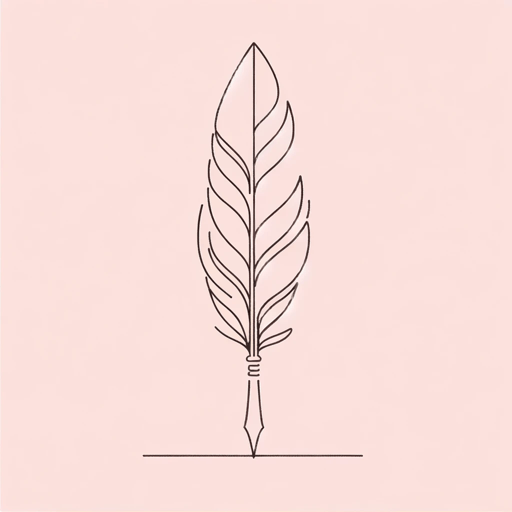
Modern Fiction
Virginia Woolf

Moments of Being
Virginia Woolf
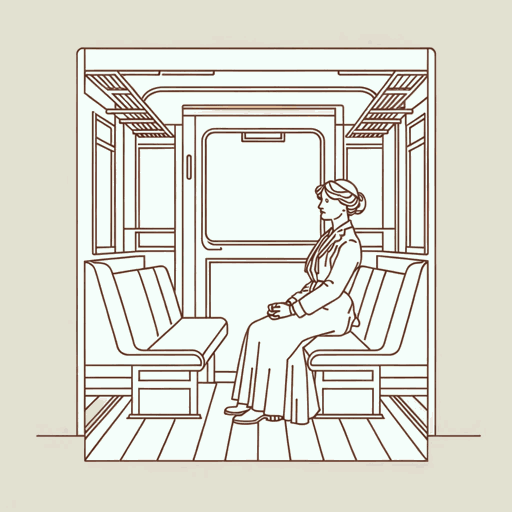
Mr. Bennett and Mrs. Brown
Virginia Woolf
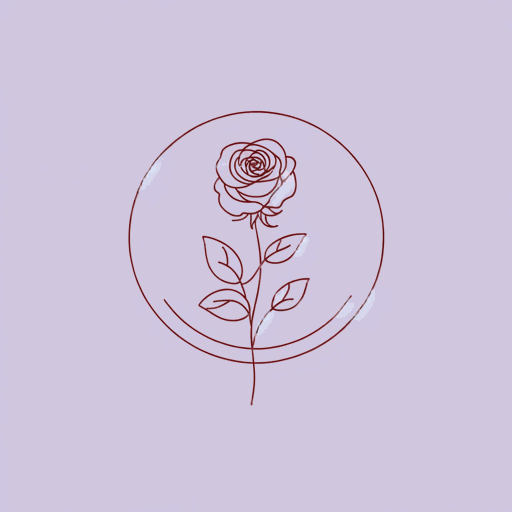
Mrs. Dalloway
Virginia Woolf
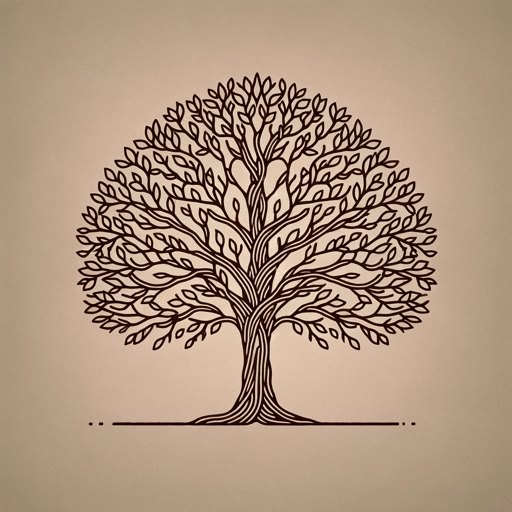
Orlando
Virginia Woolf
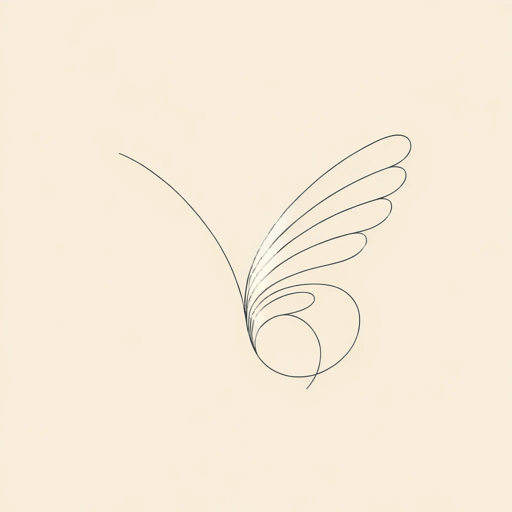
The Death of the Moth
Virginia Woolf
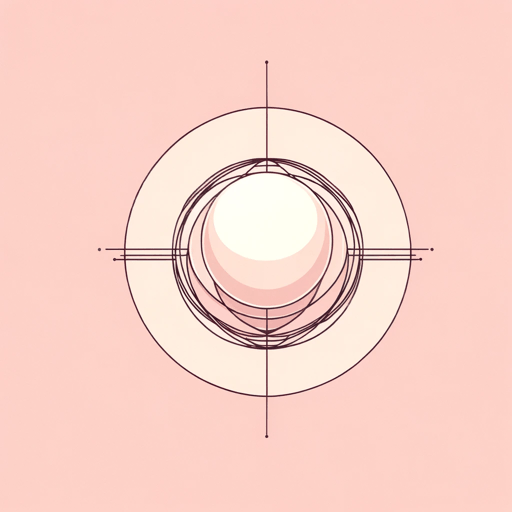
The Duchess and the Jeweller
Virginia Woolf
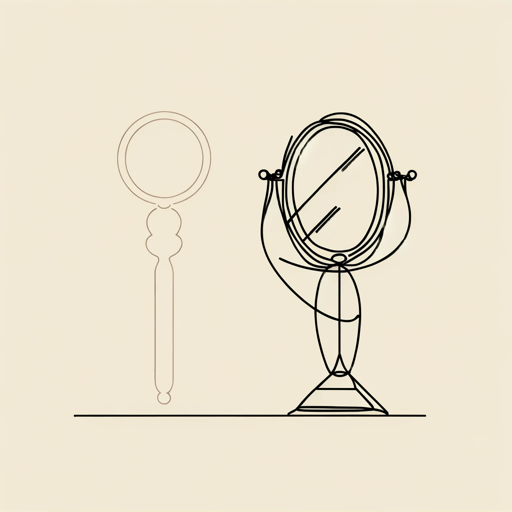
The Lady in the Looking Glass
Virginia Woolf
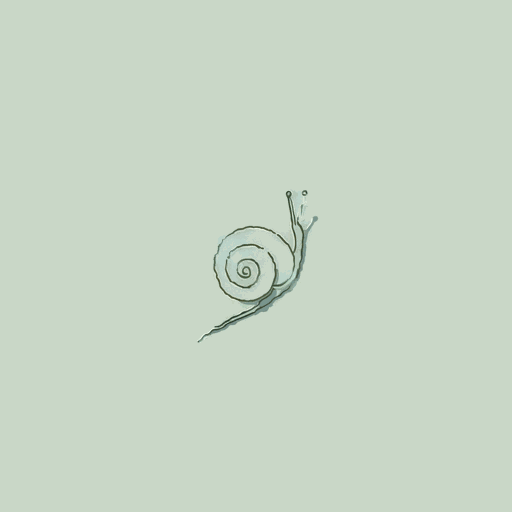
The Mark on the Wall
Virginia Woolf
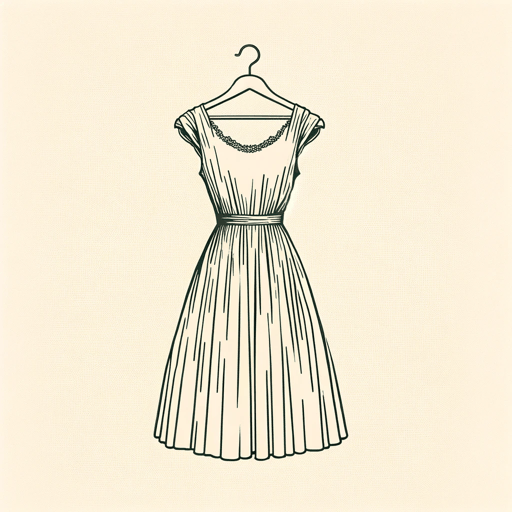
The New Dress
Virginia Woolf

The Voyage Out
Virginia Woolf
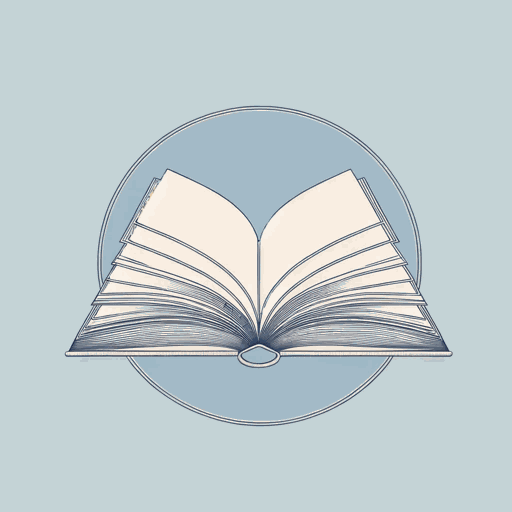
The Waves
Virginia Woolf
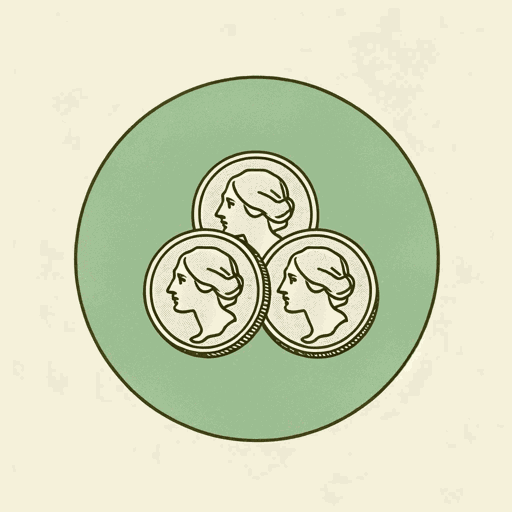
Three Guineas
Virginia Woolf

To the Lighthouse
Virginia Woolf
